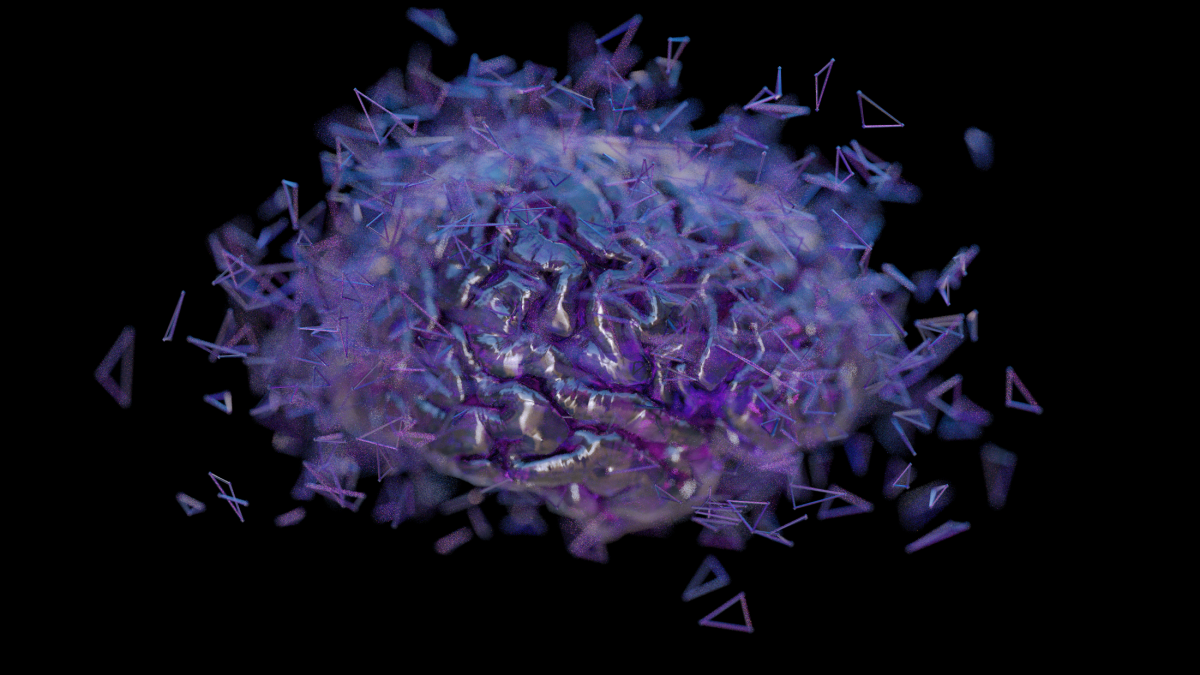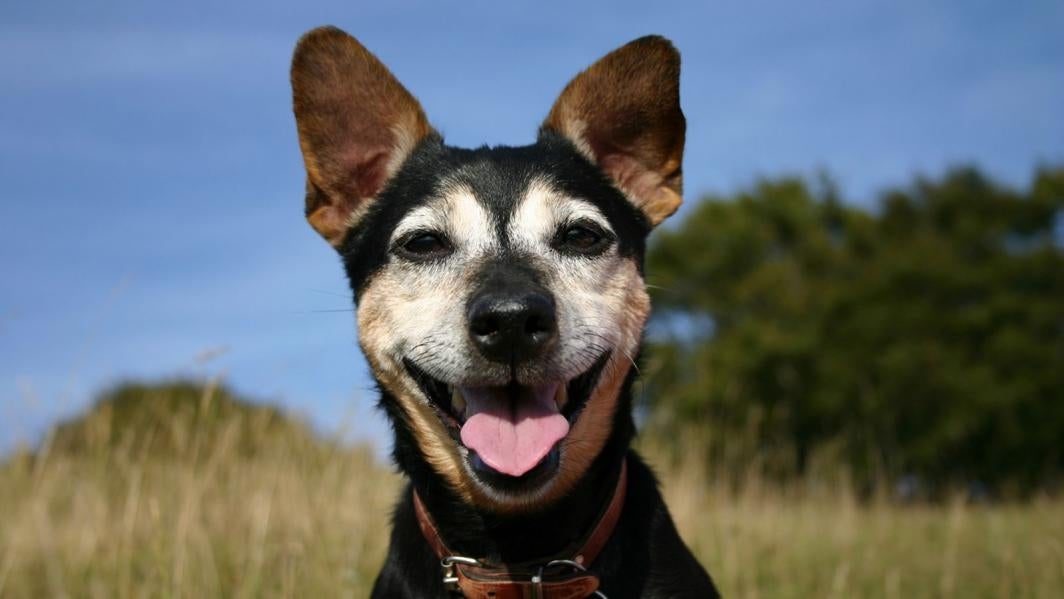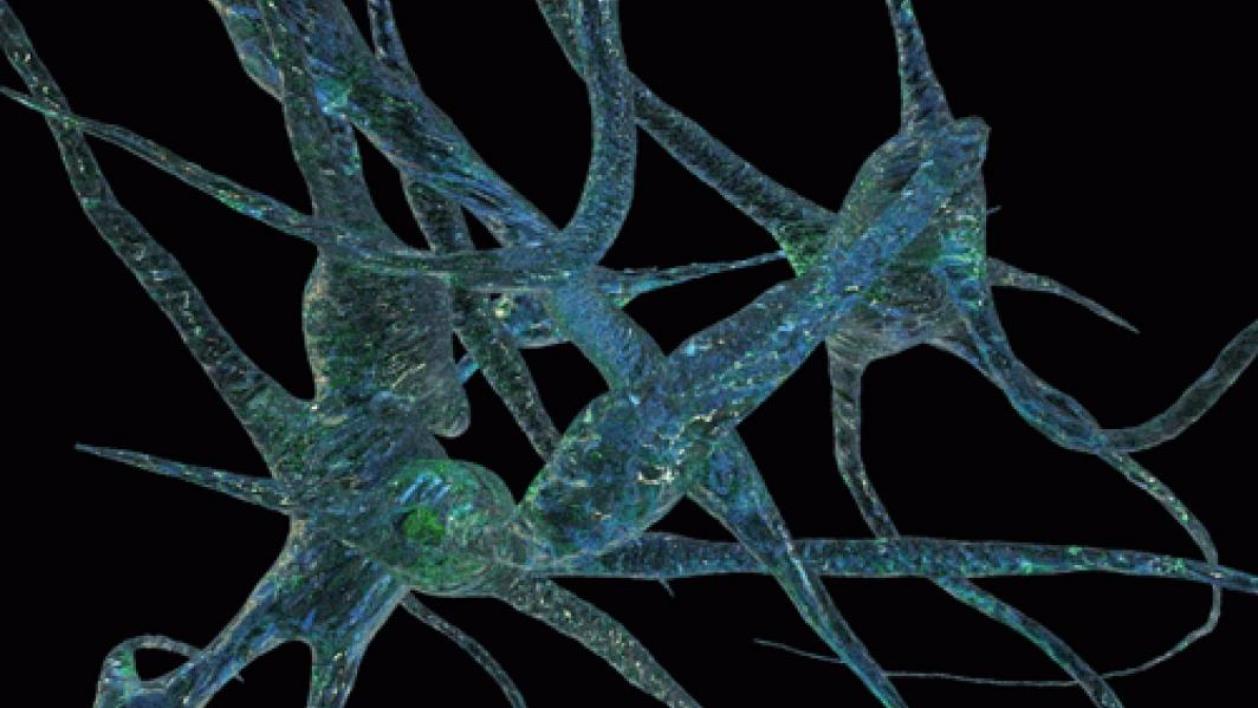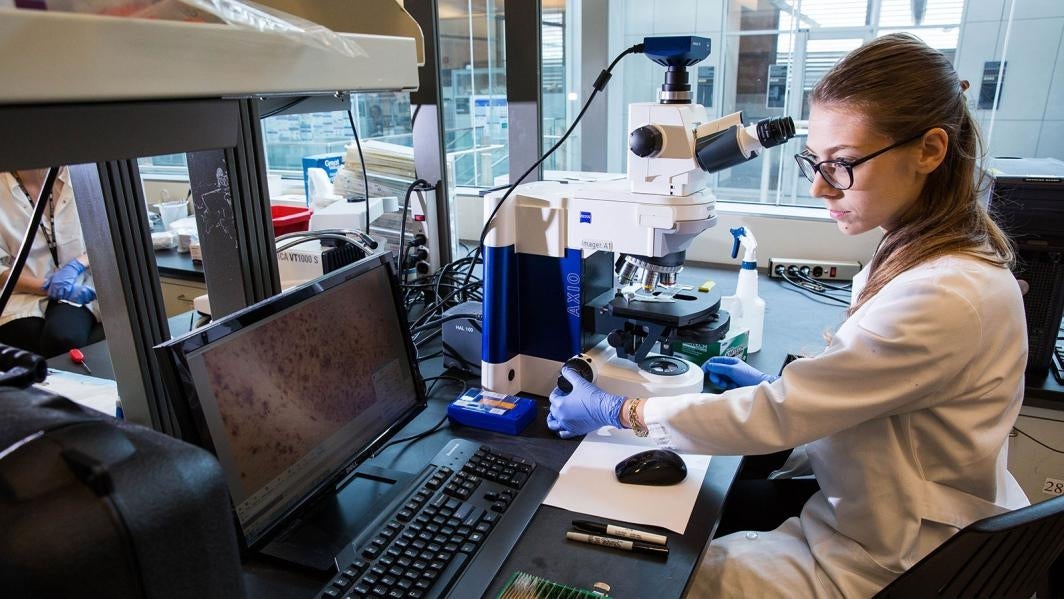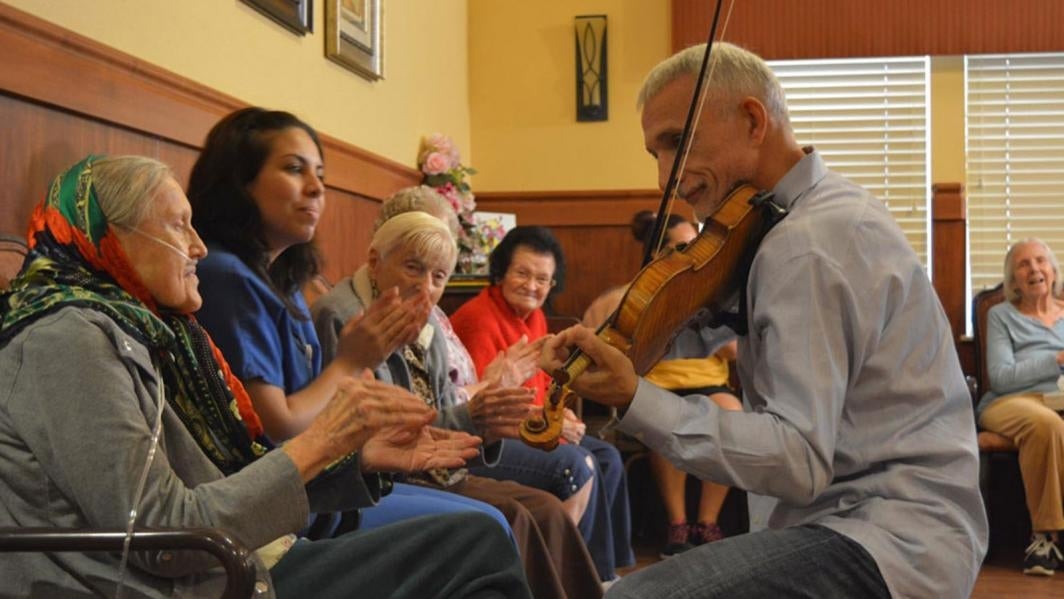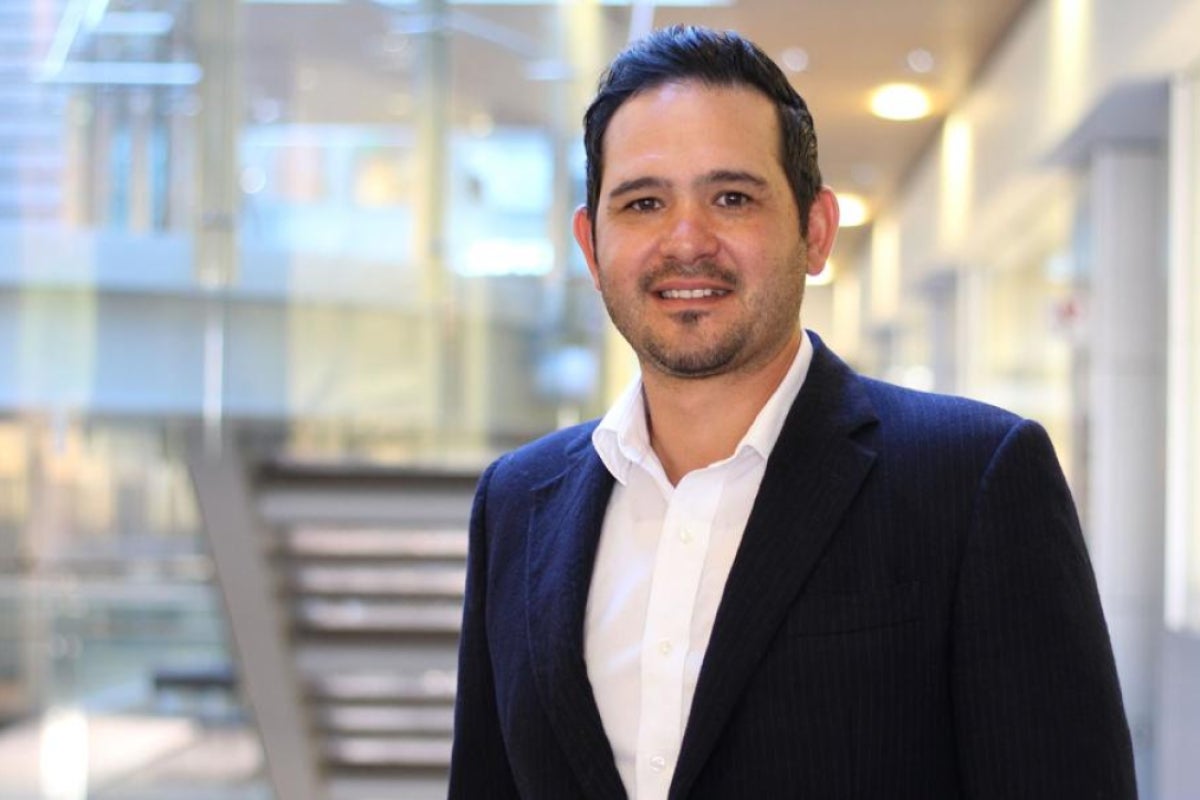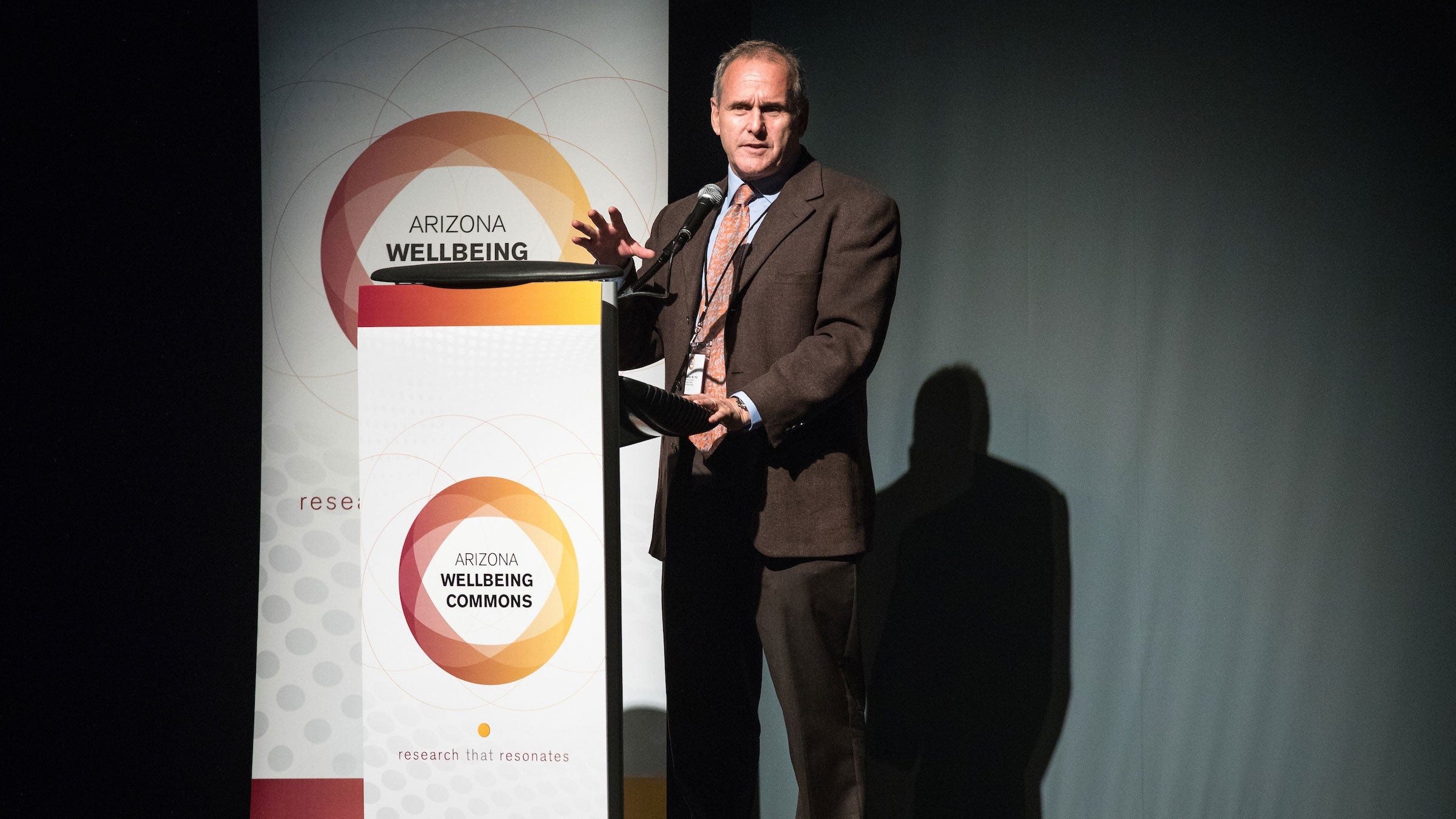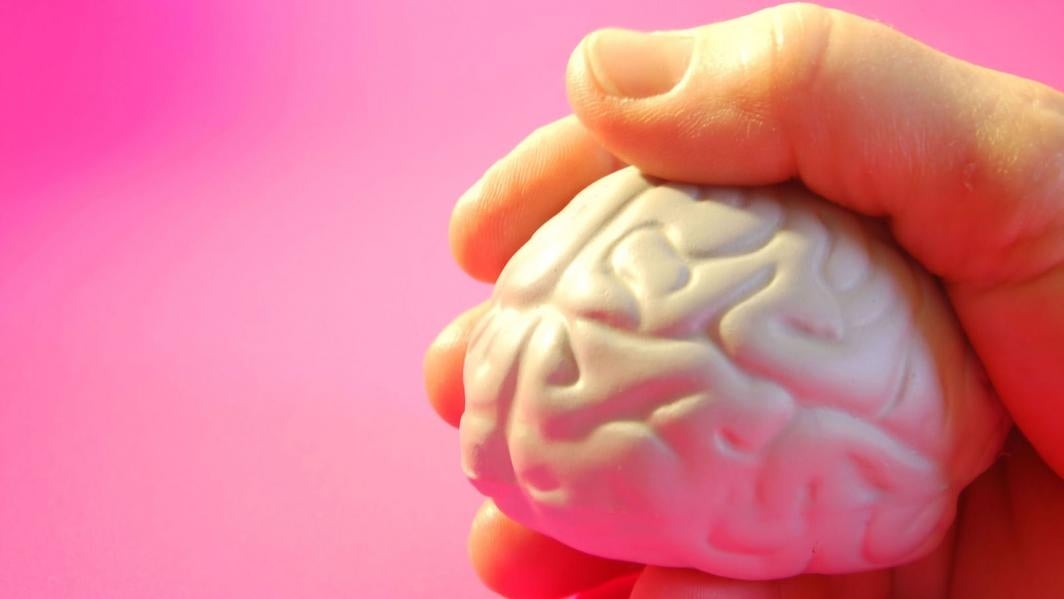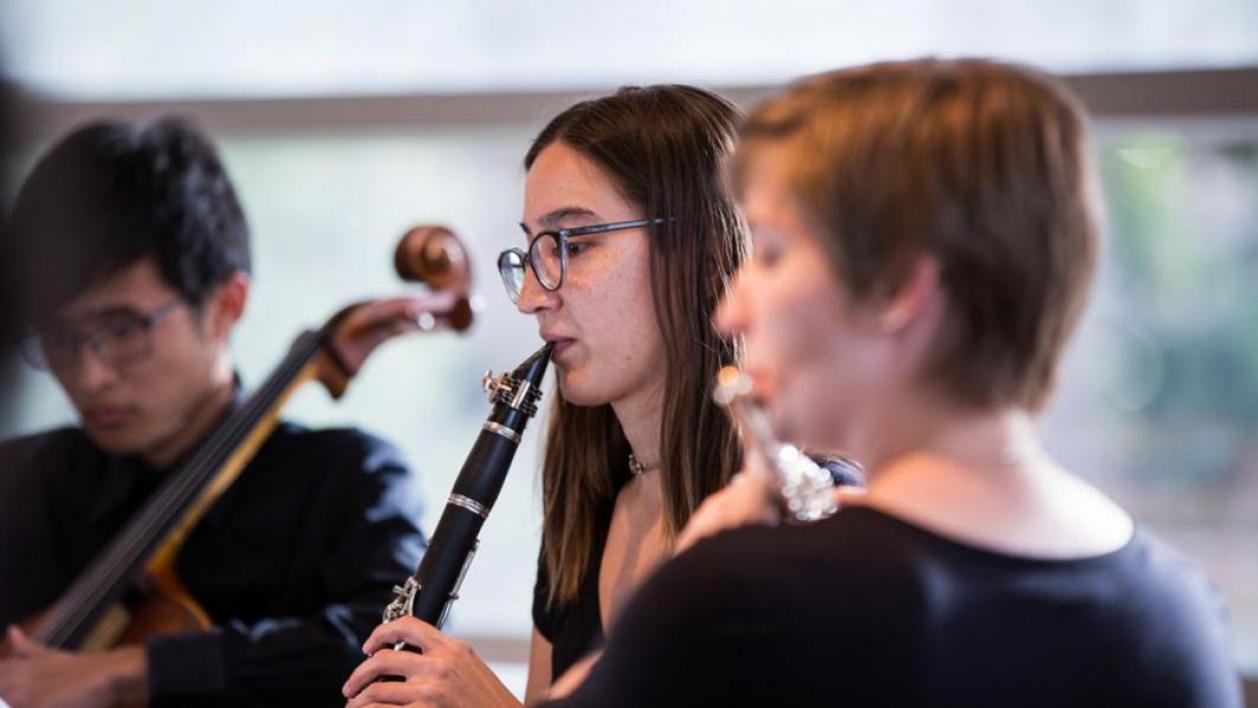Alzheimer’s, a mysterious disease of cognitive decline, was first recognized a century ago. The unremitting illness continues to frustrate the best efforts toward treatment or prevention, and a tidal wave of new cases in the coming decades threatens to overwhelm the nation’s health-care system.
Sept. 21 has been declared World Alzheimer’s Day by Alzheimer’s Disease International, a worldwide federation of Alzheimer's organizations. The occasion offers an opportunity to reflect on the impressive scientific strides already made in understanding Alzheimer’s, the most common form of dementia, while also coming to terms with the daunting challenges still facing the field.
By 2050, Alzheimer’s is expected to strike one new patient in the U.S. every 33 seconds, resulting in nearly 1 million new cases per year. It remains the only leading killer for which no effective therapy exists.
Arizona State University is intimately involved in the war against this disease and has recently formed a path-breaking, interdisciplinary contingent of leading researchers known as the ASU-Banner Neurodegenerative Disease Research Center (NDRC).
The center, headquartered at ASU’s Biodesign Institute, has just received a portion of a new $5 million grant, with three of the six researchers named in the new award belonging to the NDRC, including the center’s Interim Director Eric Reiman, a world-renowned leader in the fight against Alzheimer’s. Reiman also directs the ASU-Banner Neuroscience Initiative and is spearheading the Arizona collaboration.
"There is an urgent need to clarify the brain processes involved in the development of Alzheimer's disease and use this information to discover effective ways to treat and prevent the disease," Reiman said. "While studies in animal, cellular and other laboratory models play essential roles in this endeavor, detailed molecular data from persons with and without Alzheimer's are needed to further inform these experimental studies and clarify the extent to which findings are relevant to this fundamentally human disease."
Reiman also serves as executive director of the Banner Alzheimer’s Institute, CEO of Banner Research and University Professor in ASU’s School of Life SciencesThe School of Life Sciences is a unit of the College of Liberal Arts and Sciences. as well as the director of the Arizona Alzheimer’s consortium.
The grant and resulting data will help attract future investment from the National Institutes of Health to support further expansion of the human data set.
"This funding provides the foundation to build one of the largest basic and translational neuroscience programs for the fight against Alzheimer's and related neurodegenerative diseases," Reiman said.
The project will be led by Reiman, Winnie S. Liang of Translational Genomics (TGen) and Thomas G. Beach of the Arizona Alzheimer's Consortium, and it will include Ben Readhead, a member of the NDRC team, and Joel Dudley, currently affiliated with the ASU-Banner Neurodegenerative Disease Research Center and Icahn School of Medicine at Mount Sinai in New York.
The important new funding source will help accelerate ASU’s research efforts to apply big data and bioinformatics strategies to the challenge of grappling with an avalanche of new information concerning the causes of Alzheimer’s, as well as to explore the most fruitful avenues for Alzheimer’s therapy.
The NDRC hopes to use the resulting data to further investigate the molecular processes involved in various aspects of Alzheimer’s pathology, including the early drivers of Alzheimer’s development in the brain.
The project provides a foundation for what will be a defining feature of the NDRC, fostering the dynamic interplay of experimental studies in animal and cellular models and new data describing regions of the human brain that are preferentially affected by Alzheimer’s.
The resulting information repository will provide a unique public resource for the global community of Alzheimer’s researchers. Indeed, the partners predict that the data set resulting from this project will become one of the most widely used and highly valued scientific resources in the fight against Alzheimer's disease.
The grant funding comes from the NOMIS Foundation, a private Swiss organization supporting insight-driven scientific endeavors across all disciplines. Established in 2008 in Zurich, the NOMIS Foundation seeks to "create a spark" in the world of science by funding highly innovative, groundbreaking research in the natural sciences, social sciences and the humanities.
In this four-year project, funds will be used to develop a public resource of detailed gene-expression data from human brain cells and regions that differ in the vulnerability or resilience to Alzheimer's disease, and help to galvanize discovery of disease mechanisms, risk factors and treatments.
The project will capitalize on high-quality brain tissue from 100 brain donors with and without Alzheimer's. The brain samples are made available through the Banner Sun Health Research Institute's Brain and Body Donation Program, a world-leading resource of data and brain samples for the fight against Alzheimer's disease, Parkinson's disease and other cognitive changes associated with normal aging.
Researchers at ASU will capitalize on emerging data analysis tools to interrogate and make sense of these large data sets, discover those molecular networks that seem to be involved in vulnerability or resilience to different forms of Alzheimer's pathology, and identify molecular targets at which to aim new treatments.
The ASU-Banner Neurodegenerative Disease Research Center will then capitalize on the push-pull relationship between this potentially transformational data set, other human data sets and experimental studies in mouse, cellular and other laboratory models at ASU to discover new Alzheimer's disease mechanisms and treatments.
Top image: Graphic by Jason Drees/Biodesign Institute
More Science and technology

ASU postdoctoral researcher leads initiative to support graduate student mental health
Olivia Davis had firsthand experience with anxiety and OCD before she entered grad school. Then, during the pandemic and as a result of the growing pressures of the graduate school environment, she…

ASU graduate student researching interplay between family dynamics, ADHD
The symptoms of attention deficit hyperactivity disorder (ADHD) — which include daydreaming, making careless mistakes or taking risks, having a hard time resisting temptation, difficulty getting…

Will this antibiotic work? ASU scientists develop rapid bacterial tests
Bacteria multiply at an astonishing rate, sometimes doubling in number in under four minutes. Imagine a doctor faced with a patient showing severe signs of infection. As they sift through test…
